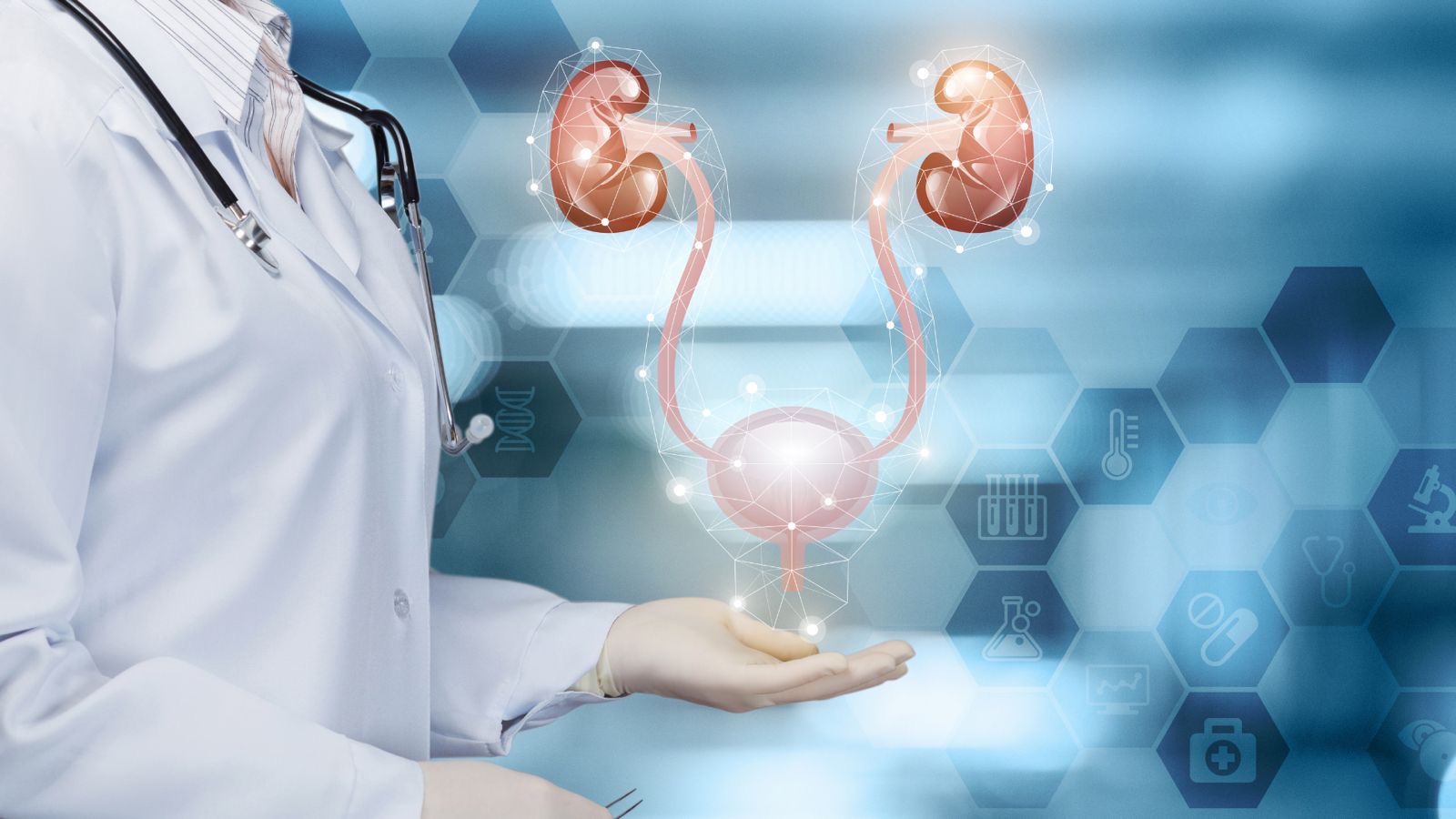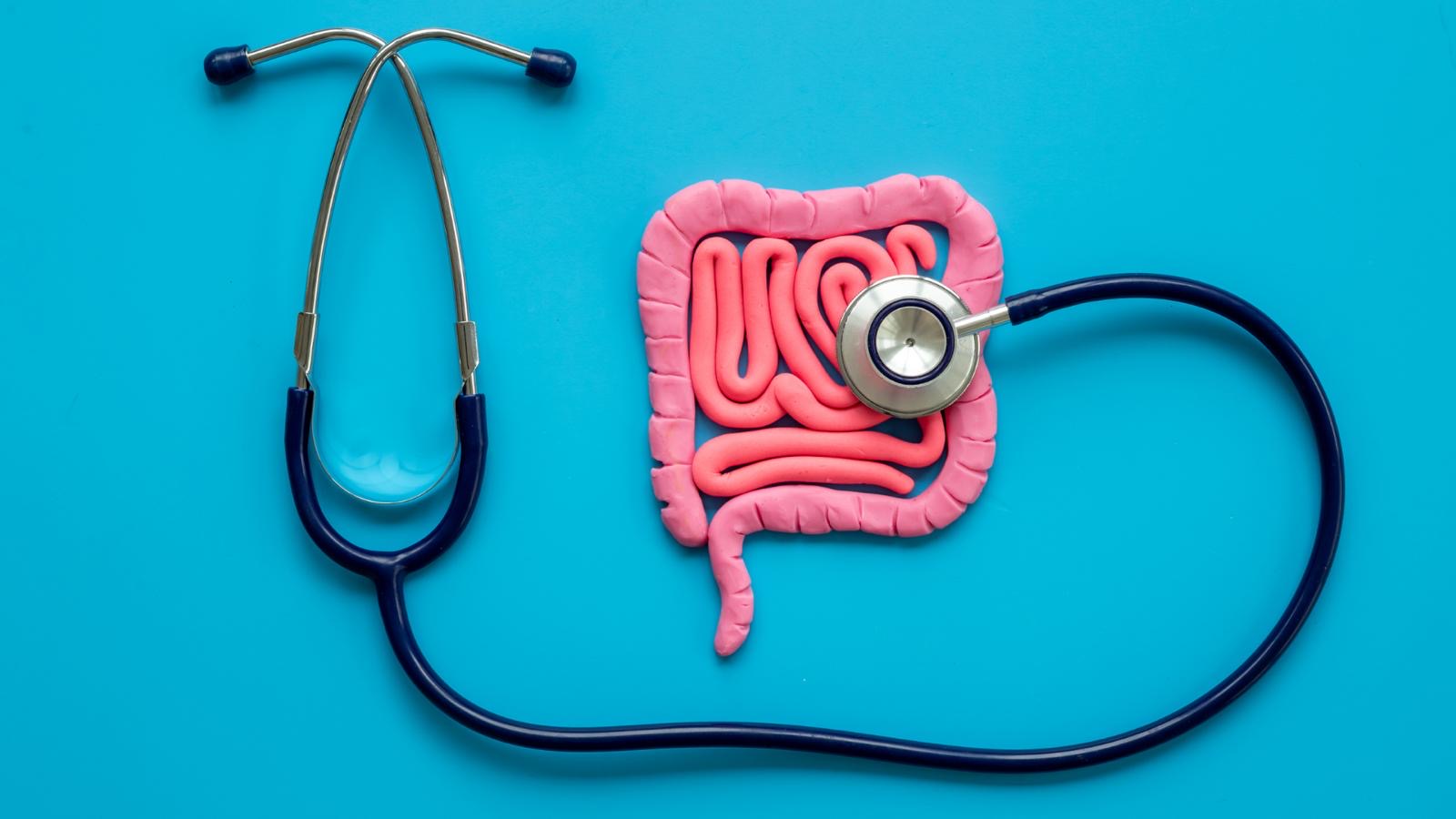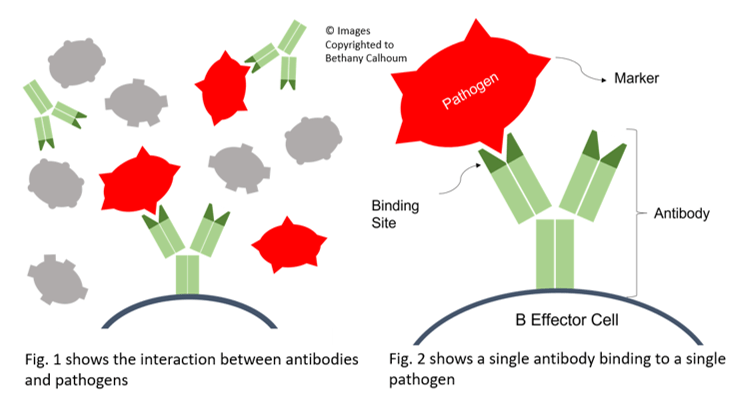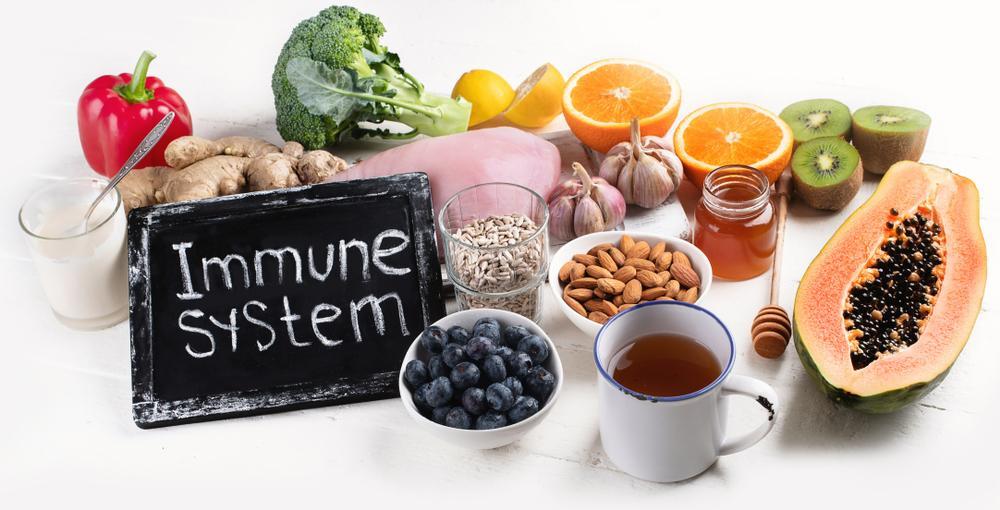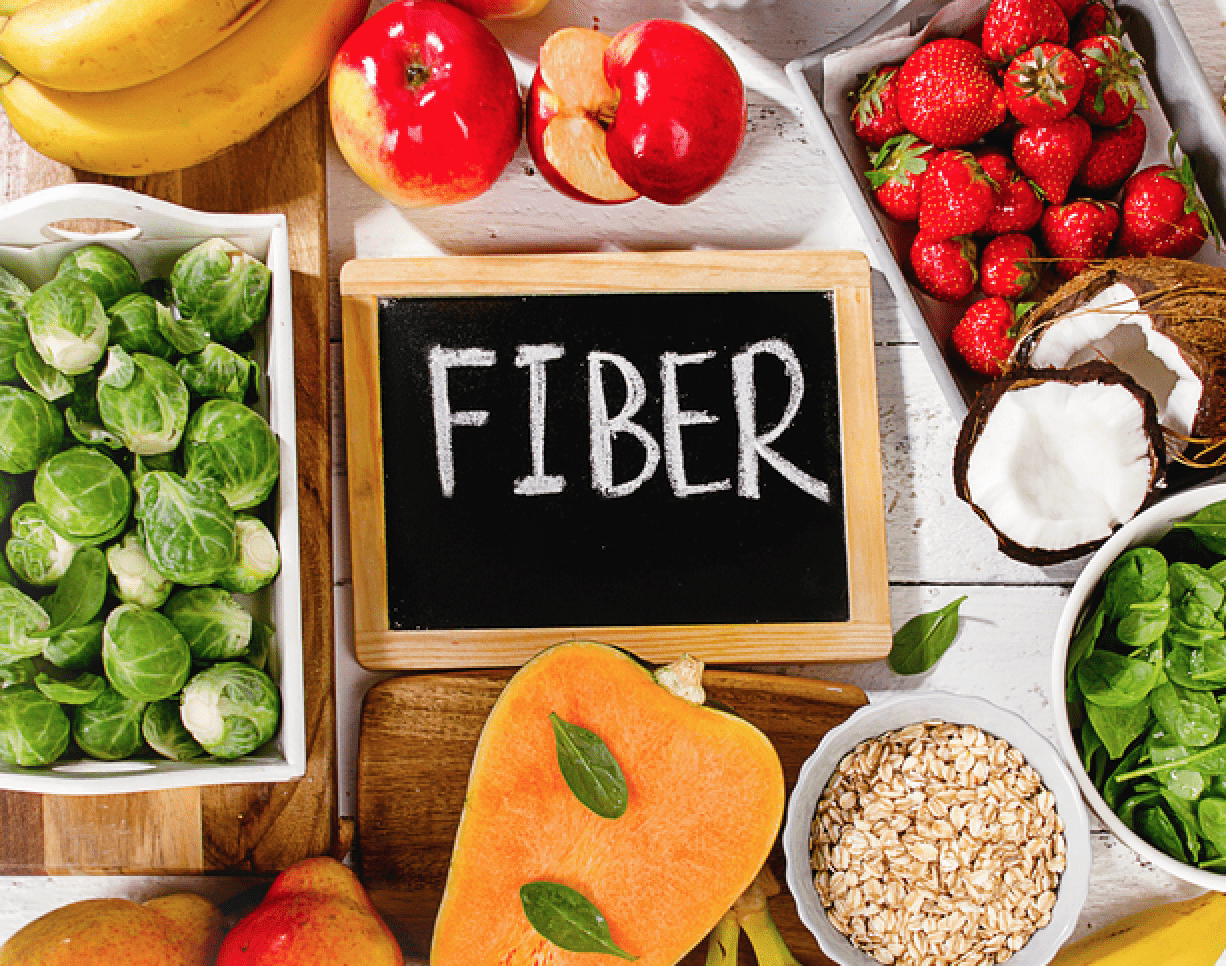You are what you eat! This is a phrase that has dominated the media for decades. On a biochemical level it’s true – each cell in the body has a function, to carry out that function, it needs nutrients, co-factors and energy. Whilst some nutrients and cofactors can be synthesised within the body – in one way shape of form, what cells need must come from somewhere, and that somewhere is the diet.
This also applies to the cells that tell us, and our dogs how to behave, or more interestingly, influences how us or them feel.
So, can food affect behaviour? It sure can! But the full answer needs a little more explanation, so grab a coffee and join us as we take a look at the link between food and mood, and specifically which compounds or foods may play a role.
What is Mood?
Mood is the way us or our dogs are feeling at a particular time and they can change – depending on internal and external factors.
Although they can change – moods still have physiological symptoms – for example, during anger, heart rate increases and in humans, a noticeable red flush to the face. When calm, heart rate reduces.
Being focussed or distracted is also a mood and this is largely affected by biochemical processes too. In this case, the right balance of dopamine.
Dopamine is a neurotransmitter, and these chemical messengers are in fact a key element in how food can influence behaviour. Neurotransmitters are like the nervous system’s carrier pigeons.
The main neurotransmitters that do that work are acetylcholine, dopamine, gamma-aminobutyric acid (GABA), glutamate, histamine, norepinephrine and serotonin. Neurotransmitters can be excitatory, or inhibitory. They either make something do something or stop something doing something. Like an accelerator and a brake pedal.
All of these neurotransmitters must be made from something. We can think of it like a
recipe for behaviour – we have main ingredients, but we also need some seasoning (co-factors)!
So, let’s take a look at the recipe book for some of the heavy lifting neurotransmitters.
Acetylcholine
Acetylcholine stimulates muscle contraction, both skeletal and smooth. It is also involved in attention, memory, and learning. Acetylcholine is needed in high amounts during waking hours, but in low levels during restorative sleep. In most cases acetylcholine is excitatory. What is of interest is that acetylcholine is released by nerve cells during times of mild stress (or concentrating on learning something new), so during these times, demand is increased.
Acetylcholine is synthesised from choline and it is carried out in the liver. Sources of choline include egg yolks, liver, kidney and seeds.
Dopamine
Dopamine can be both inhibitory and excitatory depending on the receptors it acts upon. It contributes to the control of voluntary movement and influences learning, attention, and emotion. It is largely associated with reward mechanisms in the brain and plays a part in pleasure seeking.
Dopamine gets particular interest in incarcerated humans, but also in aggression in dogs. Aggressive dogs have been found to have significantly different alleles for dopamine receptors than their non-aggressive counterparts; short form alleles demonstrate greater impulsivity. Whilst it is easy to suggest that aggression and impulsivity is in the genes, there are processes that can regulate gene expression. DNA methylation is one such epigenetic mechanism. If you would like to know more about this then check out our blog
here.
Findings here
Dopamine is synthesised from phenylalanine and tyrosine which are both amino acids. Sources of phenylalanine include dairy, eggs, nuts, chicken, beef, pork and fish. Sources of tyrosine include chicken, turkey, fish, bananas, yoghurt, pumpkin seeds and sesame seeds.
Dopamine is broken down by a couple of enzymes, and there can be genetic variants which affect how quickly it occurs –for some, dopamine may hang around a little too long, for some it may disappear incredibly quickly. Increased breakdown can lead to attention deficit behaviour and often fatigue like behaviour. On the other side of the scale, decreased breakdown is sometimes noted in aggressive behaviour. Altered protein intake can sometimes help to balance this out.
GABA
GABA is the primarily inhibitory neurotransmitter in the brain, this stops the firing of neurons and we call it the breaks on the brain. By inhibiting neural activity, GABA facilitates sleep, reduces mental and physical stress, lowers anxiety, and creates a calmness of mood. Its relationship with glutamate is key to overall balance. GABA also modulates intestinal motility,gastric emptying, and gastric acid secretion.
Findings here
GABA’s recipe includes an amino acid too, glutamine. Sources of glutamine include beef, chicken, dairy, fish, eggs, cabbage, spinach, carrots, kale, and papaya.
Serotonin
Serotonin has a wide-ranging role in the body including regulation of energy balance, food intake, and GI and endocrine function. But its behavioural processes include mood, perception, reward, anger, aggression, appetite, memory and attention. In cases of canine aggression, serotonin levels are found to be significantly lower than their non-aggressive counterparts.
Serotonin is synthesised from tryptophan, but you might already know this!
However, in times of stress, tryptophan gets stolen. We’re not lying. It’s called the “tryptophan steal”. Tryptophan also feeds another pathway in the body, known as the kynurenine pathway which is a necessary pathway, but in times of stress or inflammation this pathway steps up a notch and siphons the little tryptophan we did have!
Foods to boost serotonin:
- Banana
- Pineapple
- Pomegranate
- Strawberry
- Spinach
- Nettle
- Kiwi
- Lettuce
- Tuna
- Turkey
- Chicken
- Oats
- Nuts and Seeds
Glutamate
Glutamate has excitatory effects on nerve cells, and it can actually excite cells to their death. Both too much and too little glutamate are harmful. The oversupply of it can lead to seizures, and environmental stress can significantly enhance glutamatergic release.
Findings here
But like everything in the body, we’re looking for goldilocks – just enough! Glutamate occurs naturally in protein-containing foods like diary, mushrooms, meat, fish and some vegetables.
Histamine
Histamine is a transmitter in the nervous system and a signalling molecule in the gut, skin, and immune system. It is synthesised from the amino acid histidine which is in fact an essential amino acid for humans and dogs.
Histamine is also known as a neuromodulator since it regulates the release of other neurotransmitters like acetylcholine, norepinephrine and serotonin.
Histamine is primarily associated with the functioning of the immune system, during a reaction, histamine is released and contributes to the changes necessary to fight the antigen.
However, histamine cells rapidly fire during states of wakefulness, and slowly during rest, indicating a role in the sleep-wake cycle. Knockout mice have demonstrated a deficit in wakefulness when lacking histamine. Dysfunction in the histamine system has been associated with increased lethargy (those drowsy antihistamines) and eating disorders.
Findings here
Increased histamine levels are also associated with increased aggression – on the inactivation of histamine receptors, aggression reduces.
Findings here
Again, we need histamine, but in just the right amounts. For more information on low-histamine diets, take a look at our blog
here.
Co-Factors for Synthesis
As we mentioned, behaviour, almost has a recipe. We have considered the main ingredients, but we also have co-factors, which we can think of like seasonings.
Some of the key nutrients involved in neurotransmitter synthesise include:
- Vitamin B6
- Vitamin B12
- Folate/Folic Acid
- Vitamin C
- Zinc
- Magnesium
Vitamin B6
In the synthesis of serotonin, tryptophan is converted in the presence of pyridoxal phosphate (PP). This is the active form Vitamin B6. Because it is involved in the assembly and breakdown of carbohydrates, proteins and fat, it is one of the most valued and recommended nutrients and one of the most well researched.
Vitamin B6 plays a vital role in the production of protein compounds, including haemoglobin, cells of the immune system, hormones, brain chemicals, RNA, DNA, and many enzymes. It is also involved in the manufacture of prostaglandins. In deficiencies of Vitamin B6, symptoms include depression, glucose intolerance, impaired nerve function, cracking of the lips and tongue, loss of hair, dermatitis, eczema and arthritis. There are also reports of muscle weakness, nervousness, irritability, inability to concentrate, loss of short-term memory and mood disorders.
Noradrenaline as we know is released during the stress response, so the more stressed us or our dogs are, the more it is released and the more B6 is used to synthesise it, therefore depleting stores and increasing demand.
Sources of B6 include pork, poultry, beef, liver, bananas, sunflower seeds, walnuts.
This is much the same story for the other B vitamin, B12.
Vitamin B12
A B12 deficiency is regularly associated with neurological issues. Signs include numbness, tingling of the extremities, concentration problems, disorientation and mood changes. Not only that but aB12 deficiency is known to damage the myelin sheath, which is the fatty layer insulating nerves which ensures fast and efficient impulses in the brain and spinal cord.
Another water-soluble vitamin, there are no known naturally occurring bioactive forms of B12 in plant sources. This is because B12 is synthesised by the bacteria in the gastrointestinal tract of animals, and then absorbed by the host animals. B12 is concentrated in their tissues, which is then eaten by other animals.
Sources of B12 include red meat, fish, dairy and eggs.
This is why human vegetarians and vegans are often low in it. If you’d like to know more about Vitamin B12 including sources, then check out our blog
here.
A deficiency in B12 often results in a functional folate deficiency due to their complementary roles.
Folate
Folate or folic acid comes from the Latin folium, which means leaf, simply because it was first found in spinach. A lack of folate has the most impact on those rapidly dividing cells, particularly those in the digestive system and the genital tract, also red blood cells. Therefore, symptoms of folate deficiency include gastrointestinal issues like diarrhoea, lesions and impaired absorption (which then has a knock-on effect for other nutrients). Signs also include gingivitis and tongue inflammation. But because of the role in neurotransmitter synthesis, there is often signs of irritability, poor cognition, and mood alterations.
Findings here
Sources of folate include spinach, kale, liver.
Zinc
Moving to the minerals, zinc also influences neurotransmitter storage and release. Zinc is regularly implicated in mood disorders along with reduced immunity, stunted tissue regeneration and gastrointestinal complaints.
Zinc appears to have its biggest affinity with glutamatergic neurons, going as far as being called zinc enriched neurons. Glutamate is the major excitatory neurotransmitter, so it stands to reason that low levels of zinc are regularly implicated in cases of depression. When zinc is supplemented, depression scores significantly reduce. If you’d like to know more about Zinc and sources to add to the diet, then check out our blog
here.
Some food sources of zinc are red meat, oysters, pumpkin seeds and wheatgrass.
Magnesium
Known as the ultimate chill pill, the body needs magnesium to create neurotransmitters. Low levels of magnesium have regularly been linked to memory difficulty, poor concentration, depression, apathy, fatigue, irritability, emotional instability, nervousness, and anxiety.
Chronic stress depletes magnesium levels,so the more stressed us, or our dogs are, the greater the loss of magnesium and so the cycle continues. In dogs, magnesium levels seem to reduce in the winter and when exposed to a stressor. As dogs build resilience to a stressor, levels modulate, but it certainly provides food for thought during acute or even chronic stress. If you’d like to know more about magnesium and the sources to add to the diet, then check out our blog
here.
Summary
Moods can change – but they are still a result of biochemical and physiological changes in the body. This is largely influenced by neurotransmitters. Neurotransmitters are made up of different compounds – they have their own recipe.
A diet consisting of whole-food protein sources tends to hit the requirement for the main ingredients of the neurotransmitters, but there are also co-factors, or seasonings required. Ensuring a diverse, fresh-food diet will give you the best chance of providing your dog with the nutrients he needs to “cook” these neurotransmitters.
That said, there are individual differences which affects the breakdown of these compounds which can further affect behaviour – this is where some custom dietary tweaks may come in handy.
If you would like some support in optimising your dog’s health, then please check out our services
here.
Thanks for reading!
MPN Team x




